Neanderthal Legacy: Unraveling the DNA Story Within Us
The Fascination with Neanderthals Begins
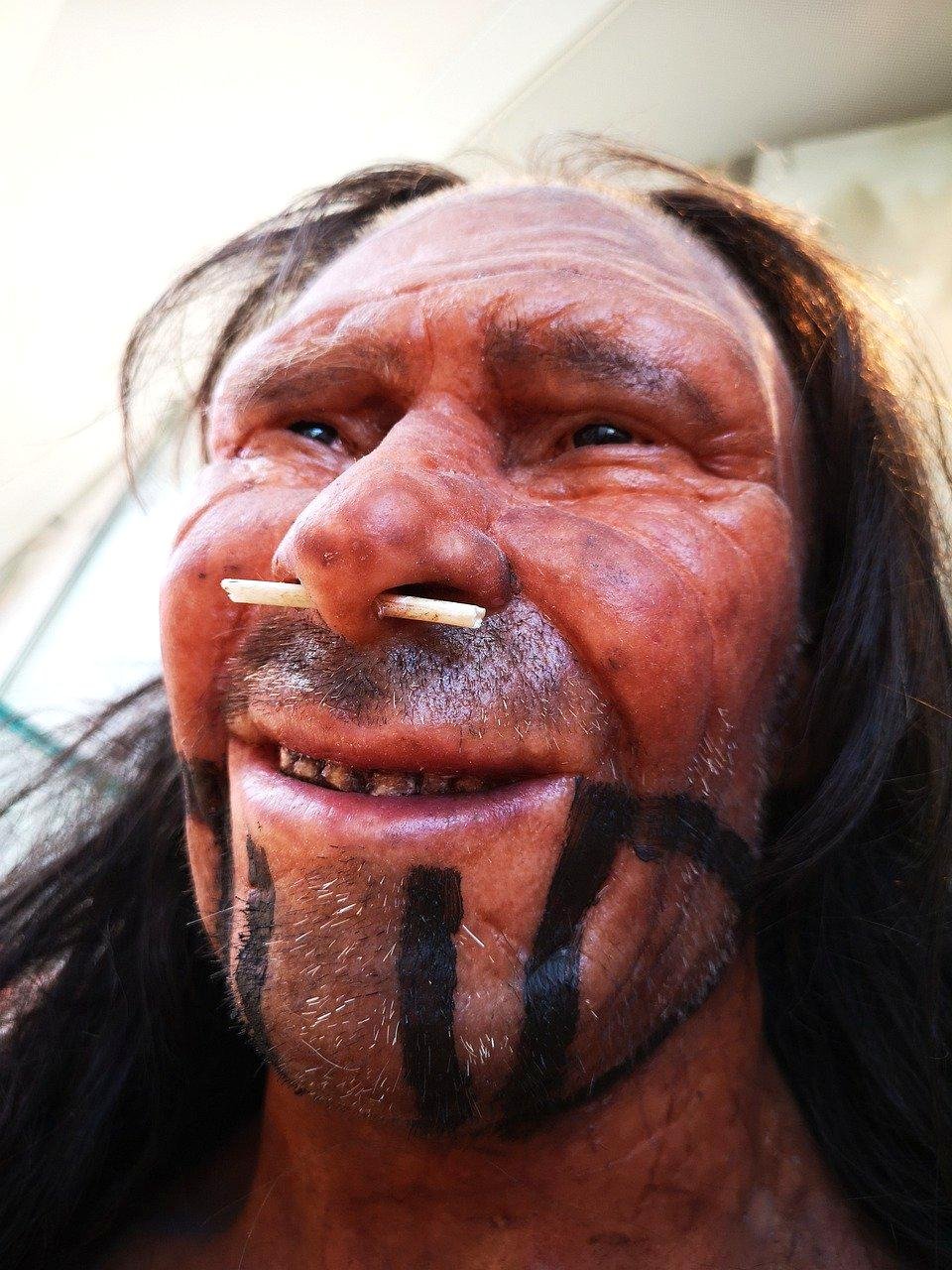
For many, the name Neanderthals conjures images of hairy, robust humans who walked the earth before being overshadowed by modern humans. These ancient relatives once roamed Europe and parts of Asia, making significant imprints on our evolutionary history. Their story has captivated scientists and the general public alike, sparking debates and research on how much of their genetic legacy still resides within us. Yet, the question persists: How much Neanderthal DNA do we, as modern humans, carry? Exploring this question offers a deeper glimpse into our shared history with these long-extinct cousins.
The Ice Age Companions: A Brief Introduction
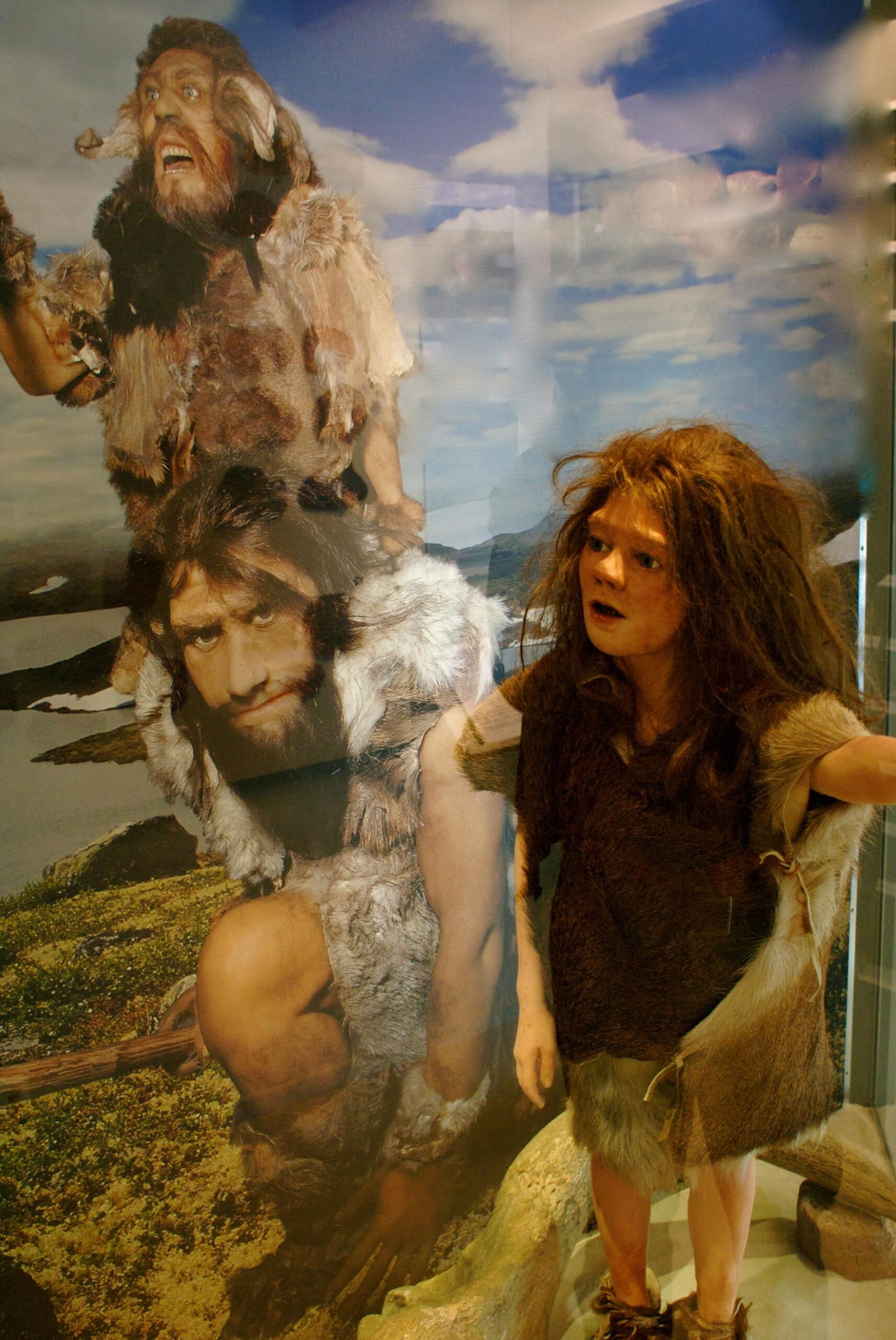
Neanderthals lived during the Ice Age, a time when Europe was covered in glaciers and life was often brutal. These early humans were experts at survival, having developed tools and hunting techniques to tackle their harsh environments. As climate changed, so did their territories, and eventually, they crossed paths with modern humans. This inevitable meeting led to exchanges, both cultural and genetic, that would influence the course of human history. These exchanges played a crucial role in the genetic inheritance we carry today.
The Discovery of Neanderthal DNA
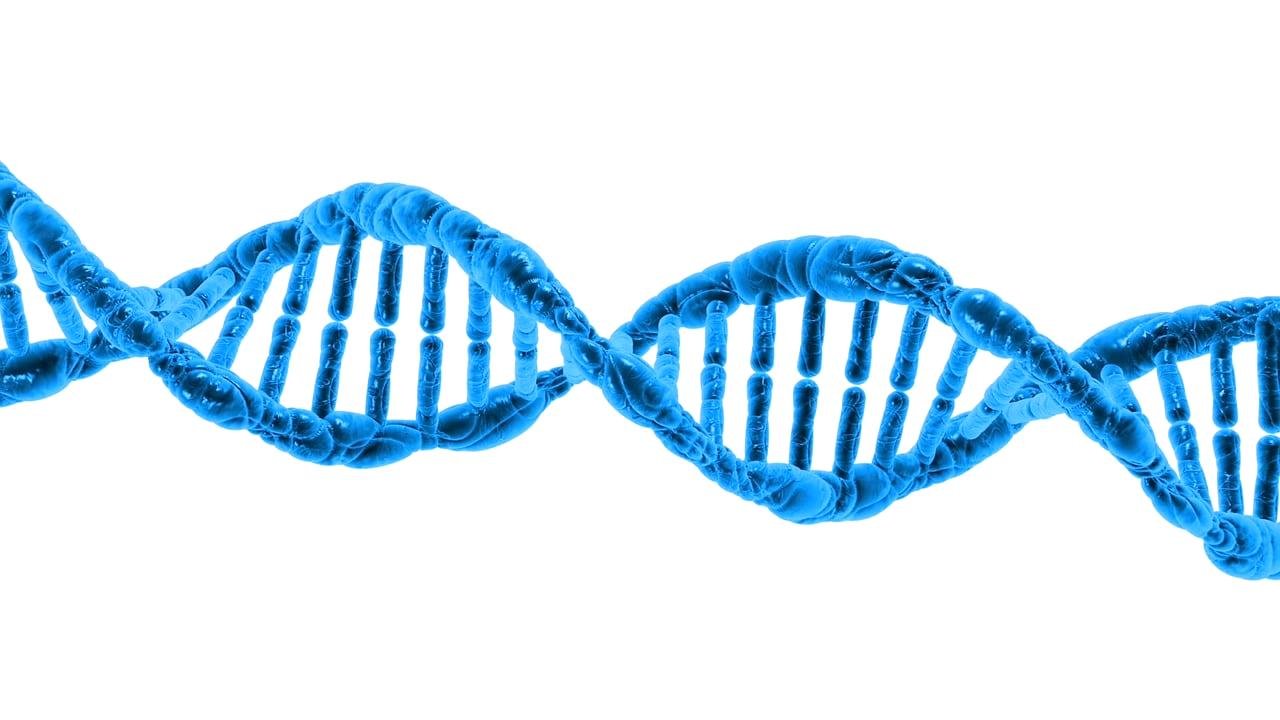
The game-changer came in the late 20th century when scientists first extracted Neanderthal DNA. This monumental discovery opened new doors, allowing researchers to study genetic materials from bones thousands of years old. The ability to sequence Neanderthal DNA provided concrete evidence of interbreeding between Neanderthals and modern humans. What was once mere speculation became a foundation for understanding the genetic symbiosis between species. With these findings, the scientific community set out to map the genetic remnants interwoven in our DNA.
How Much Neanderthal DNA Do We Carry?

Current research indicates that between 1% and 2% of the DNA of non-African modern humans is derived from Neanderthals. The percentage might seem insignificant, yet it carries weighty implications for understanding our ancestral links. Non-African populations, in particular, have the most noticeable connections due to the geographic interactions that occurred millennia ago. While the percentage may vary slightly due to individual ancestry, the overarching presence of Neanderthal DNA unites diverse groups in a shared ancient history.
Genetic Contributions and Their Effects
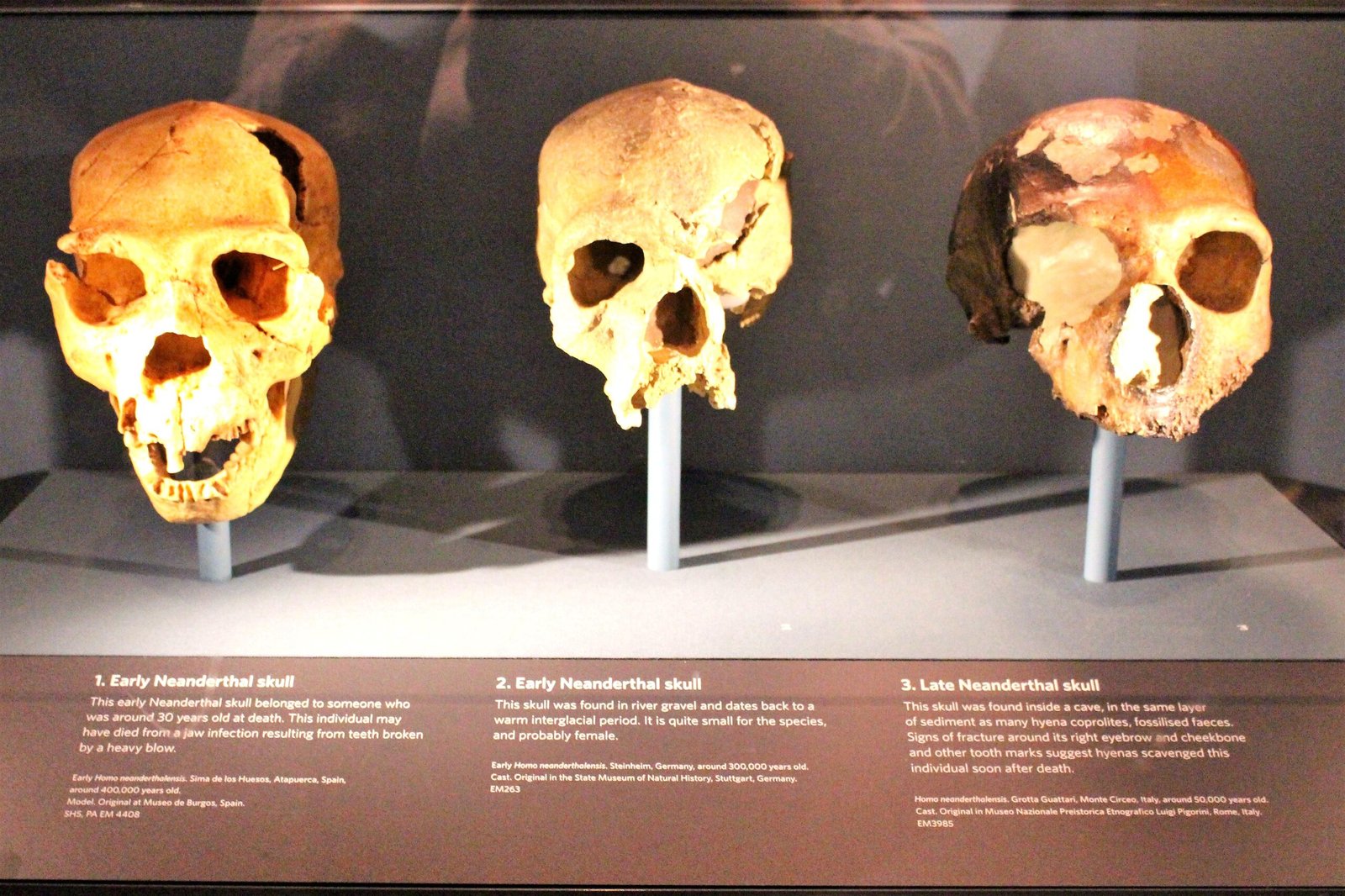
Though the Neanderthal DNA may appear minute, it has left discernible traces on certain traits in modern humans. Some of these genetic legacies include influences on immune systems, skin tones, and even hair types. There are theories about Neanderthal genes impacting diseases such as diabetes and lupus. These inherited traits showcase how ancient DNA continues to play a role in our lives today. Despite the passage of time, the Neanderthal legacy subtly affects us every day in various surprising ways.
Evidence in the Modern Human Genome
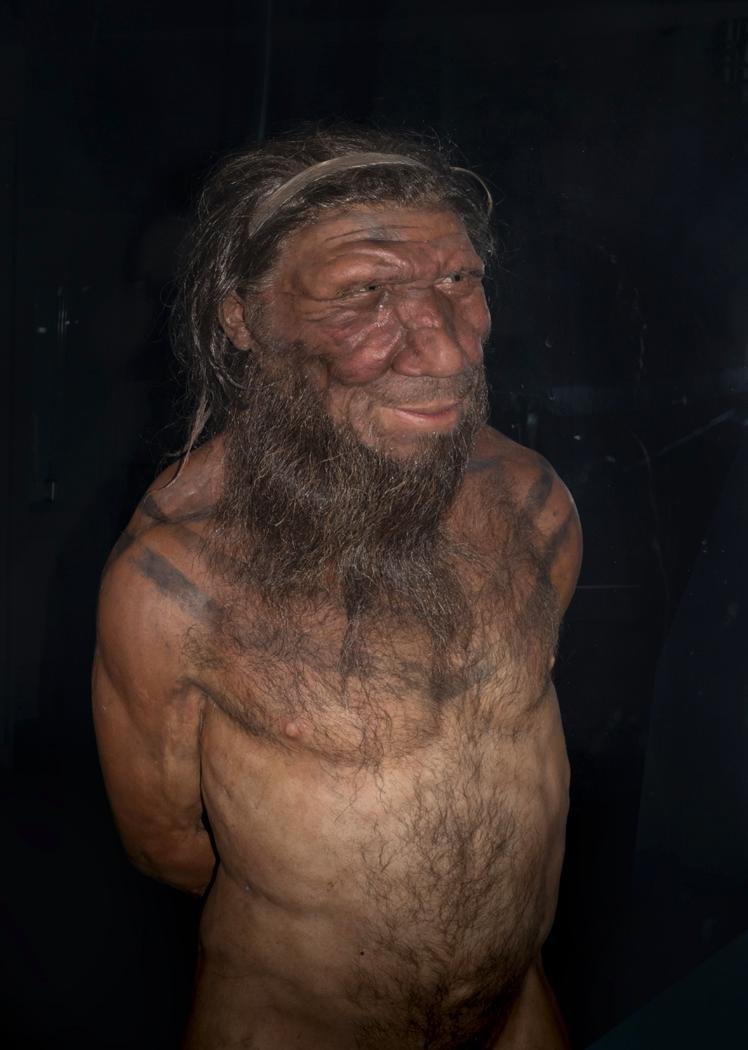
Ongoing studies have identified specific genes where Neanderthal influence is present in modern genomes. Advanced techniques like DNA sequencing allow scientists to pinpoint these ancient genetic marks. By doing so, researchers can trace the path and influence of Neanderthal genes on human health and behavior. These insights help to enrich our understanding of human adaptation and evolution. Just as every family carries forward ancestral traits, the presence of Neanderthal DNA highlights the continuum of human evolution.
The Enigma of African Populations
One intriguing component of this genetic story is the limited presence of Neanderthal DNA in African populations. As the interactions between Neanderthals and ancestors of Africans were minimal, their genetic footprints are less pronounced. However, emerging studies suggest some ancient human migrations, intertwining complex genetic exchanges. These findings are not only captivating but also underscore the pluripotent diversity in the human genome. This aspect of our genetic tapestry continues to unravel mysteries about human migration and adaptation.
The Impact of Technological Advancements
The journey of uncovering Neanderthal DNA has been powered by impressive advancements in science and technology. From groundwork in paleontology to breakthroughs in genetic sequencing, the narrative of our connection to Neanderthals keeps evolving. As technology progresses, the precision in detecting even the faintest traces of Neanderthal DNA improves. This continued development promises to shed more light on our shared past. The fusion of historical curiosity and modern technology paves the way for future discoveries.
